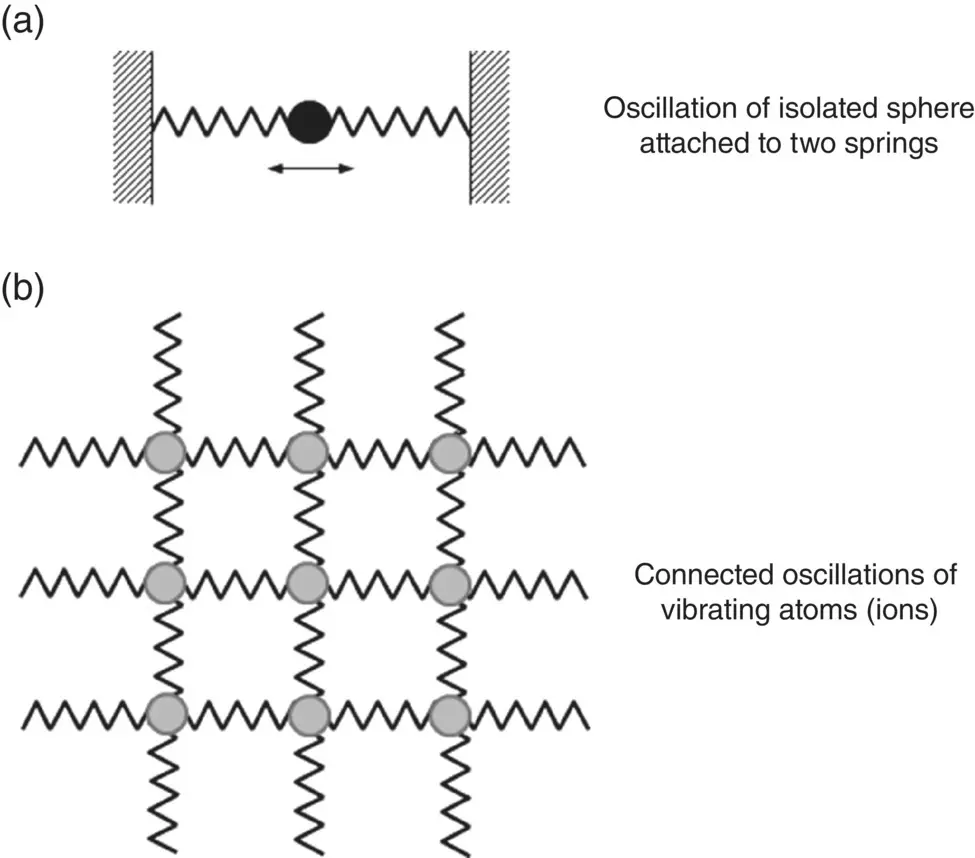
Figure 4.21 Magnetization curve for a ferromagnetic or ferrimagnetic material showing a hysteresis loop caused by domain motion.
4.6.7 Hyperthermia Treatment of Tumors using Magnetic Nanoparticles
Hysteresis in a time varying or alternating magnetic field leads to the generation of heat in ferromagnetic and ferrimagnetic materials. The amount of heat P generated per unit volume is given by
(4.44) 
where, μ ois the permeability of free space, f is the frequency of the alternating applied field, and the circular integral sign represents integration over the closed hysteresis loop, yielding the area of the loop.
The generation of heat in ferromagnetic and ferrimagnetic nanoparticles when they are subjected to an alternating magnetic field forms the basis of hyperthermia treatment of tumors. Nanoparticles of the ferrimagnetic oxide Fe 3O 4or γ‐Fe 2O 3are most commonly used because of their favorable biocompatibility. The procedure involves dispersing nanoparticles in the target tumor and applying an alternating magnetic field of sufficient strength and frequency to generate heat in the particles. This heat is transferred to the surrounding tumor and if the temperature is maintained above ~42 °C for a sufficient period (~30 minutes or more), the tumor can be destroyed. This process is attractive because of the possibility of eradicating the intended tumor without causing significantly adverse effects to healthy tissue. However, there are constraints on the magnitude of H and f that healthy tissues can tolerate and questions about whether a sufficient number of nanoparticles can be delivered to the tumor to ensure the generation of sufficient heat over the required time to eradicate the tumor.
As the majority of biomedical applications occur at or near the body temperature, the thermal properties of biomaterials in these applications are of little consequence. On the other hand, thermal properties are important for biomaterials used in dental restorations such as crowns and bridges, for example, where they are required to match the thermal properties of the existing tooth structure. Thermal properties are also important for biomaterials whose processing or manufacturing process involves large changes in temperature. In the area of physical properties, the important thermal properties relevant to biomaterials are their thermal conductivity and coefficient of thermal expansion.
4.7.1 Thermal Conductivity
Whether a material can conduct heat or not is quantified by its thermal conductivity κ , defined by the equation
(4.45) 
where, q is the heat flux, that is, the amount of heat flowing across unit area per unit time, and d T /d x is the temperature gradient down the material. Equation (4.45)is valid for the steady‐state condition in which the heat flux is independent of time and the minus sign signifies that the heat flow is down the temperature gradient, that is, from high to low T . As q has units of W/m 2, the units of κ are W/m/K.
Transport of heat in solids occurs by flow of electrons and by vibration of atoms (or ions) in the crystal lattice. Thus, we can write
(4.46) 
where, κ eand κ lare the contributions to the thermal conductivity due to the electrons and lattice vibrations, respectively. Depending on the material, one or the other conduction mechanism often dominates. In pure metals with a high degree of metallic bonding, such as copper, thermal conduction occurs predominantly by the sea of nearly free electrons that surround the metal ions. Because of the large number of electrons and ease with which they flow, metals are good thermal conductors, that is, they have a high thermal conductivity. As the flow of electrons is responsible for both thermal and electrical conduction, metals are both good electrical conductors and good thermal conductors, a relationship quantified by the Weideman–Franz law given by
(4.47) 
where, σ ′ is the electrical conductivity, T is the temperature and L is a constant equal to 2.44 × 10 −8WΩ/K 2.
Thermal conduction by lattice vibrations dominates in ceramics as these materials contain few free electrons. An atom vibrating about its equilibrium position due to its thermal energy can be thought of as a sphere supported by springs ( Figure 4.22a). However, the atoms in a crystal lattice are bonded together and, thus, they do not vibrate independently of one another. Instead, the oscillations are connected which leads to a wave behavior ( Figure 4.22b). Using the wave‐particle duality of quantum mechanics, the waves associated with atomic oscillations are quantized and the quantum of energy or “particle” associated with these lattice vibrations is called a phonon. A phonon represents a quantum of atomic lattice vibration, analogous to a photon that is a quantum of electromagnetic radiation (light). Phonons can show properties such as scattering, for example, that are typical of particles.

Figure 4.22 (a) Vibration of a sphere connected by springs. (b) The atomic vibrations in a crystal lattice are connected which leads to a wave behavior.
As phonons are not as efficient as electrons in conducting heat energy due to scattering by lattice imperfections, ceramics typically have a lower thermal conductivity than metals ( Figure 4.23). Glasses typically have a lower thermal conductivity than ceramics because phonon scattering becomes more effective with a more disordered atomic structure. Ceramics and glasses have a low thermal conductivity and a low electrical conductivity. On the other hand, diamond has a low electrical conductivity and a high thermal conductivity, higher than that of metals. The low electrical conductivity of diamond is due to its strong covalent bonding (no free electrons). In comparison, the high thermal conductivity is due to two factors, the highly ordered crystal structure and the strong atomic bonding that strongly limits the incorporation of impurities into its structure. These two factors severely limit phonon scattering in the crystal lattice.

Figure 4.23 Chart showing the thermal conductivity values for a variety of materials.
In polymers, heat conduction occurs by vibration and rotation of the long chain molecules. Polymers have a low thermal conductivity, although, for a semicrystalline polymer, the conductivity increases with increasing volume fraction of crystalline regions because phonon scattering in the crystalline region is lower than that in an amorphous region of the same composition.
Читать дальше



















